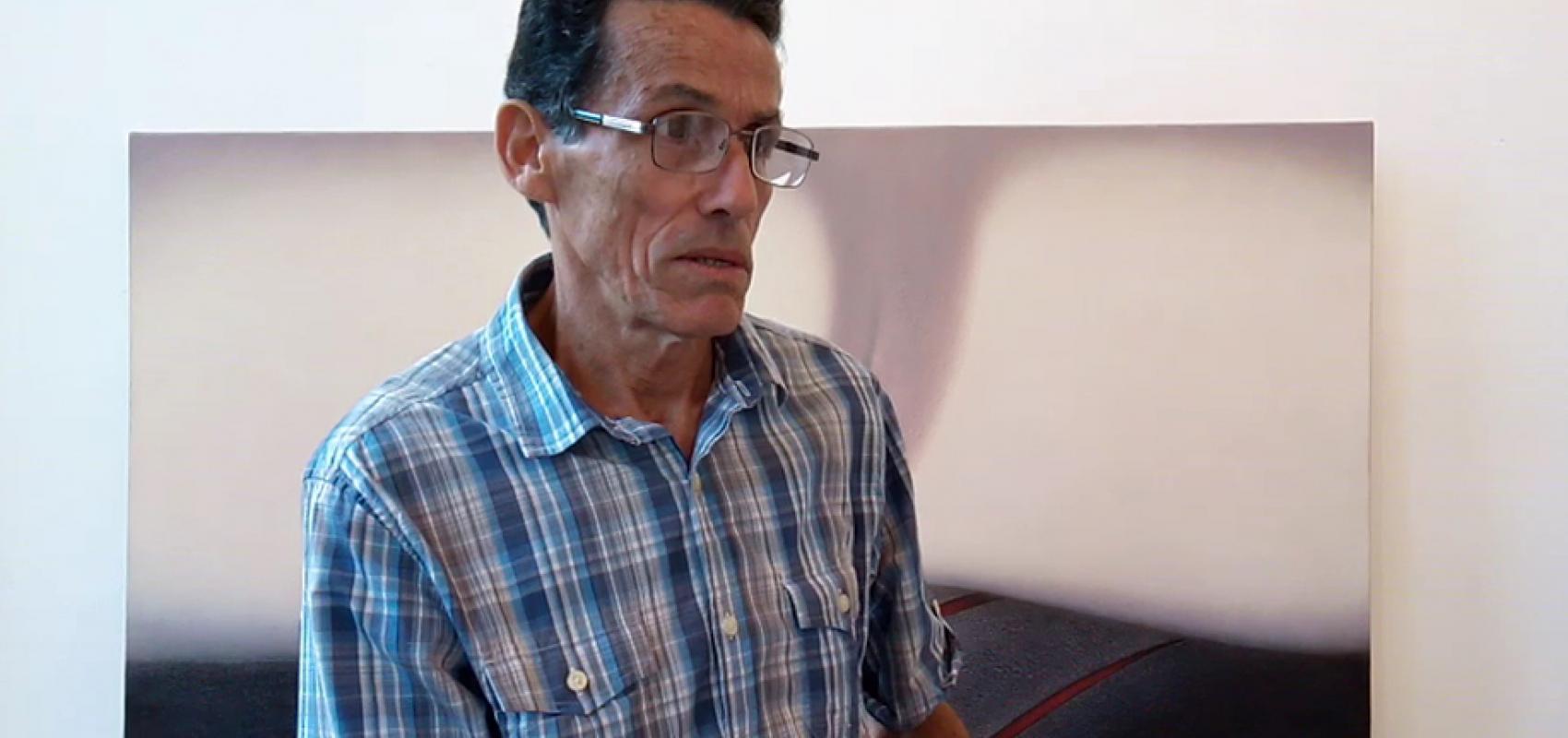Who are we, where do we come from, where are we going? These are some of the questions that the artist Juan Suárez Blanco tries to explain in his works, like any man in search of something more than growing up, having children, laughing and working. To ask oneself the meaning of life is common to seasoned minds. In his particular case, he leaves indelible traces regarding abstract and conceptual art, which help to understand these principles at a subjective level.
At the height of 2020, Suárez Blanco has become a consecrated creator. To a lesser extent he is a somewhat romantic and erotic man in silence. Two works by Maxima that will form part of his personal exhibition Counterpoint, to be inaugurated this Friday, January 17 at 5:00 p.m., speak of this other dimension of exquisite workmanship, like his work in general.
A few minutes of interview in our Studio-Workshop during the assembly of the exhibition, were very useful to enter his mind and unravel the passions that live inside.
What themes are presented in Counterpoint?
Everything is directed towards ecology, man, his existence, his dreams, aspirations, his way of facing life. It was something I had pending, to unify in one space several moments of my work, apparently contradictory by themes, by ways of doing, but that have to do with the musical turn I want to make. The word counterpoint has to do with the language of music. I want my work to have that spirit, to interweave things, to create controversies, to challenge each other, in the end they all have a common thread.
You are an established artist in terms of conceptual art and abstract art, why did you choose these manifestations to express yourself?
They are not chosen, they come out in the work. In the 80's I made an art perhaps very attached to figuration. Already in the 90's I started with conceptual art because it had that orientation. It was a terrible inferno between essentiality and complexity, to be able to take the maximum expression to the summary. I remember a phrase of the master Felix Beltran 'demand more with less'. Then I started, as I said, to make an abstraction determined by the decantation. Then began a stage of experimentation, of search, incorporating elements that I had used in other works. Everything was very close to the feeling of the sculptor I was first.
Do you have any of these sculptures preserved?
Only in images.
How do you remember them?
They were allegories to the problems of human existence. Who are we, where do we come from and where are we going? That is the first objective, the other is a slogan that I will say in a literary way: 'the metaphor of resistance'. Works such as The windows of Lajes appeared, which were anvils. The other story was the subjects found, that is, he found an object and Duchamp tried to turn it into a work of art. That was in a stage from adolescence to youth. The sculptures were like relief, that is, wooden areas that he found and he added metals evoking anvils, working instruments, punches, nails. In a certain way I was nourished by certain Christian iconography and biblical passages, I brought them to our time, that is, how man felt or communicated.
It is common in your pieces to see the use of sharp objects. What intention do you pursue at the visual level?
I am going to refer to a very old phrase: 'you have to cut your way through'. We use the knife in domestic life, I never thought it was an element of aggression, but to mean that I have one part that is rusty, but there is another part that still cuts. I have the soul to keep fighting. In the series Erosion, where I work with metal plates that rust, deteriorate and yet there are areas with sharp edges, in those metals there is still a possibility of life. They are polished and cut again. These apparently ephemeral materials I try to revalue them with a spirit perhaps of the alienism of the baroque, that is, that their expressive possibilities are felt again.
In the words of art critic David Mateo: "a maxim seems to gravitate around Juan Suárez Blanco's artistic insinuations: the reality of art has been put in check once again by ordinary reality".
Published 15/01/2020





